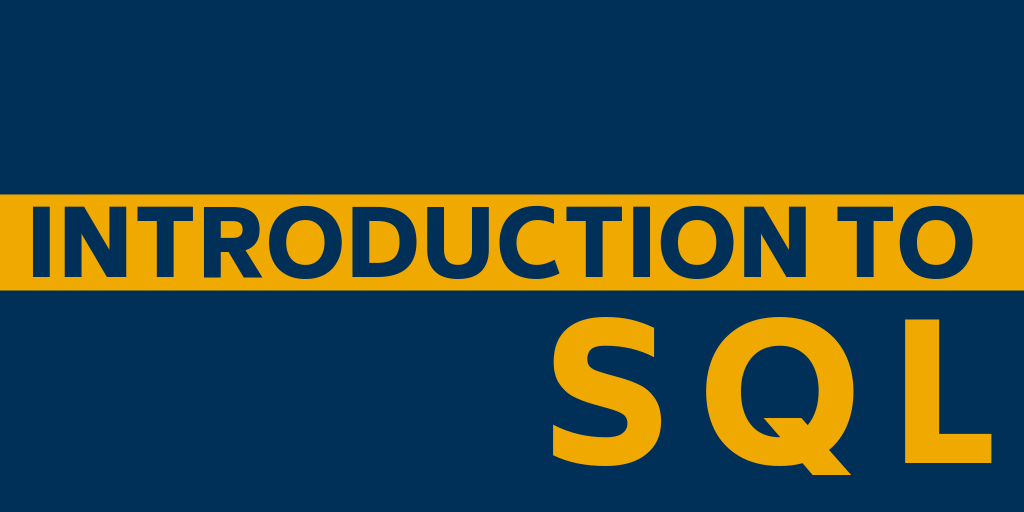Introduction to Structured Query Language (SQL) Course Description
Learn the key concepts of Structured Query Language (SQL), and gain a solid working knowledge of this powerful and universal database programming language.
By the end of this course, you’ll have a solid working knowledge of structured query language. You’ll feel confident in your ability to write SQL queries to create tables; retrieve data from single or multiple tables; delete, insert, and update data in a database; and gather significant statistics from data stored in a database.

